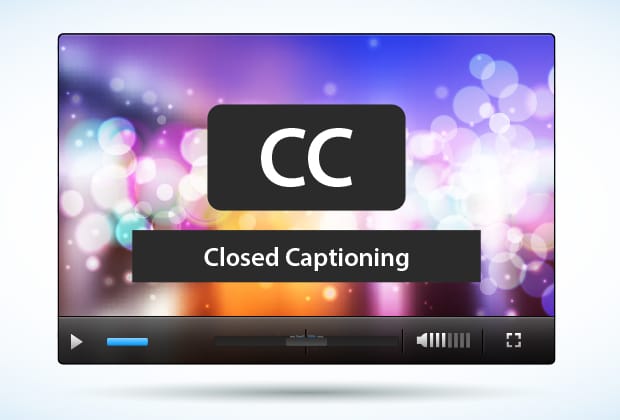
SUBTITLES VS CLOSED CAPTIONS MOVIE
The obligation for closed captioning is a growing industry and closed captioning is now often used in movie theatres, cinemas, on DVDs and in most educational videos. Or, in the case of SDH (subtitles for the deaf and hard of hearing), provide a summarised description of the SFX. While closed captions are targeted at people who have hearing difficulties so it bothers more on accessibility to viewers than translation. In contrast, subtitles translate the speech content into any global language. Subtitles vs Closed Captions: What are the Differences Audience Targeted Subtitles are mostly targeted at everyone who cannot understand the language spoken in a particular video. They provide more information about the speech and audio elements in the film or media. Titles-On customizes your captions and subtitles to match any requirement needed.Ĭlosed captioning is a legal requirement in the UK and US for all nationally broadcast media including satellite television providers, terrestrial, digital and cabling companies. Closed captions are same-language timed-text transcripts. Streaming platforms, broadcasters, TV-channels, DVD distributors often have different preferences on how the captions or subtitles should be displayed.

While translated subtitles assume the viewer can hear the audio but doesn’t know the spoken language, CCs and SDHs assume that the viewer cannot hear the audio.Ĭlosed captions are typically written in the same language as the audio, while SDH may or may not be translated into other languages.

Closed Captions (or CC) and Subtitles for the Deaf and Hard of Hearing (SDH or HoH) are subtitles that include important non-dialogue clues such as sound effects and indications of who is speaking when the speaker is not visible on the screen.


 0 kommentar(er)
0 kommentar(er)
